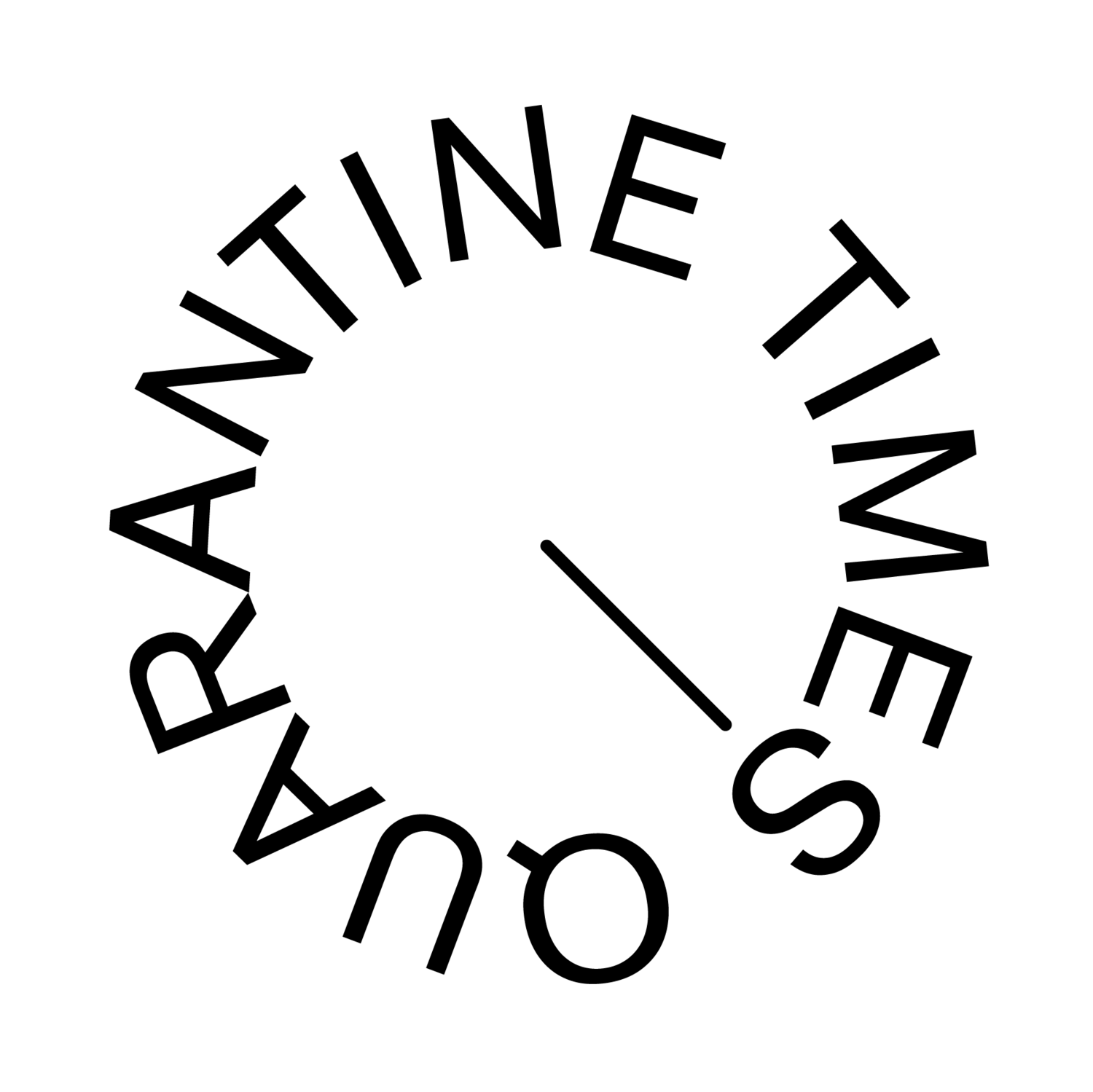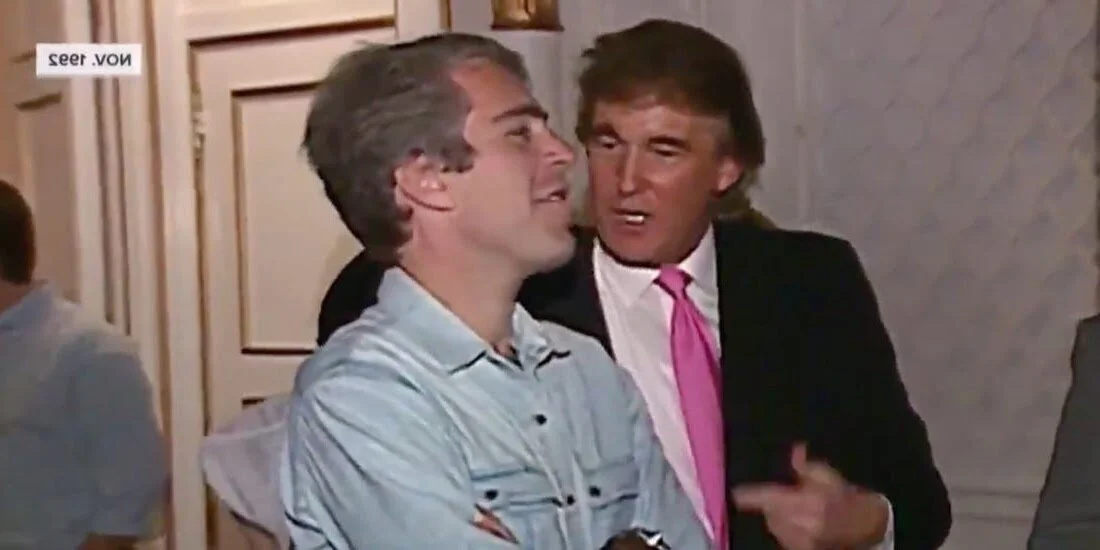Billy Goat and the Witch Hunt
05/24/20
By Ed Oh
Ed Oh, Billy Goat and the Witch Hunt, 2020. Photo by S.Y Lim.
The rails of comfortable thoughts are thin, so my sights were set on cooking the egg on the asphalt. Falling into another hour-long rabbit hole on the internet wasn’t planned. The algorithms are getting wicked and quarantine mandates are extended. Having been in preparation for a solo show all year, which was postponed last month, there are some ideas that came across in one painting, specifically. This work has an ancestor and it is a sweaty situation where one has to embrace the corrosive conditions of a readymade economy for profit, in order to let something else out.
Francisco de Goya, Witches’ Sabbath, 1798, oil on canvas, 17 x 12 in
The concepts in Witches’ Sabbath, painted by Francisco de Goya in 1798, are complex and intense. The image shows a congregation of women and children around a goat that sits upright, signifying the worship of the devil and offering children to gain favor. The artist paints a kind of stereotypical idea of black magic, or taboo of witchcraft, which was a dated idea even in the latter half of 18th century in Europe. In terms of the painting’s historical context, the imagery is a reference to the Basque Witch Trials of the 17th century, Spain’s last serious attempt at expelling witchcraft from its territories. Being a Spanish painter, Goya must have been familiar with the legacy of this event; the Spanish Inquisition accused people of worshipping a black goat, related to the worship of Satan. The Spanish title for Goya’s painting is “El Aquelarre,” a Castilian Spanish spelling of a Basque term, “Akelarre,” meaning “Witches Sabbath,” or “meadow of the He-Goat.” As the secular influence on politics grew and the Catholic Church’s influence waned, the concept of witchcraft became more and more part of a violently controversial past and a topic of skepticism. When I first saw this work, I couldn’t shake the image from my imagination; it became the conceptual matrix of a painting I am currently working on, Billy Goat and the Witch Hunt. For me, the lasting impacts of this painting are the compositional, but also conceptual and cathartic elements. The proportions of the figures and the central composition made up of triangular formal relationships are the aspects of the painting that I took as inspiration for my current work. I believe the concept of witchcraft is a folkloric ploy that was enabled by a fearful society, where a majority of women were the victims, and weaponized by political oppressors rhetorically abusing the Christian imagination. As Artaud wrote in 1947, “society strangles in its fantasies all those it wanted to get rid of or protect itself from, because they refused to become its accomplices in certain great nastiness.” It is not dissimilar to the extreme American conservatives of today obsessing over matters of personal choice, like abortion laws. There is something powerful about the artist's stance here, because it would have taken Goya months just to prepare the surface of his painting (acrylic polymers were not introduced for several more centuries). During the time it takes to paint an image like this, a joke can turn into a serious inquiry of untold magnitudes.
Ed Oh’s sketches for Billy Goat and the Witch Hunt, 2020. Photo by S.Y Lim.
Billy Goat and the Witch Hunt is a painting that I have been working on during the pandemic. The title of the work is a combination of translations, emphasizing the “hunters” of witches. Where Goya uses the perverted fantasy of the oppressed on behalf of the victims, I am using a perverted fantasy of the oppressors on behalf of the oppressors. I began exploring this reciprocal of power relations in the preliminary stages of drawing on newsprint for this painting, right before the stay-at-home orders. I found the sexuality of the figures to be overtly grotesque. The process of painting this image utilizes much of the classical painting methods I have been taught, such using photographs for source imagery and utilizing chiaroscuro, which involves working the painting’s initial surface in a reductive manner to determine values early on. The landscape orientation was not only a departure from the reference image, but also that of my recent body of work. This orientation, I found, allows the background to interfere with the composition of the foreground. Fractured, non-linear lines make up the background in Billy Goat and the Witch Hunt. This is a reference to an obscured sense of time between the oppressor and the oppressed, undergoing repetitive cycles. When painting from a photographic reference, gestures may be sterilized by photographic representation. A triangular composition guides the eye around the relationships of power. The central figure is a billy goat sitting upright with a hoof pointing downwards to a sickly child and another hoof on the shoulder of a standing figure, holding a child. The goat is known to be a symbol of the devil and is often depicted with hands pointing up and down. Observing the depiction of the goat in greater detail, I noticed the pubic area of the goat is obstructed by a figure in the foreground. It is a detail of sexual proportions without explicit visibility. Today, the term “goat” is often popularly used as an acronym for the “greatest of all time.” What could be more great than the leader of the free world? Who could know more about witch hunts?
Jeffrey Epstein with Donald Trump, 1992
I dug through the internet and I found this photo of Trump and Epstein, dated November 1992. That is the year I was born, so the picture jumped out at me while sifting through images on Google. The apparent “suicide” of Jeffrey Epstein is one of those political scandals that came and went in the media, but the weight of this story was incalculable. The photo suggests Epstein’s curious spectrum of relationships. My impression of the photo was that there are two faces to corruption. One operating at the highest-level of political office publicity, and another at the lowest levels of misconduct and secrecy. A sex trafficker worth over 500 million dollars with connections to financiers of Wall Street, scientists, members of the royal families, politicians, and a future President of the United States commits suicide under the nose of the federal penitentiary system? The concept of suicide needed a form here and a pouch of coins can be located where he’s looking in the direction of the goat’s elbow. The money pouch is a biblical symbol for Judas selling out the whereabouts of Jesus for gold coins. When I began researching this topic, it was apparent from the beginning that there would be no end to searching for the truth. The heat is cruel and I wouldn’t recommend delving in to this content, yet it might just pop up on you. The mystery here hurts so good.
There is a cautionary approach towards many of the social details in our lives. The quarantine has me thinking about invisible death, but I remain optimistic that the pandemic can provide us a way to restructure our economy around valuing lives over profit. The painting certainly started out jokingly and I had laid the oil ground back in December 2019, when the news surrounding the Epstein case were more relevant, and when SARS-CoV-2 was first identified. My sights were set on cooking the egg on the asphalt. Falling into another hour-long rabbit hole on the internet wasn’t planned. The algorithms are getting wicked and quarantine mandates are extended.
Detail of Billy Goat and the Witch Hunt, by Ed Oh, 2020. Photo by S.Y Lim.
Ed Oh worked on this piece with Stella Brown, the Quarantine Times Sunday editor. Each week, Stella Brown works with a member of the Co-Prosperity Programming Council to present original works in response to the quarantine.







